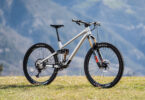ENDURO Long-term test 2015 | Review: SRAM 1×11 drivetrain
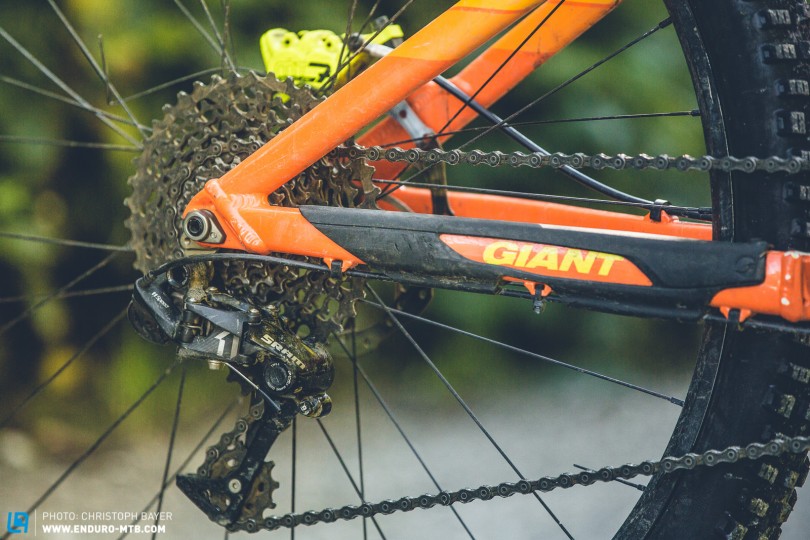
Mountain biking as a sport has undergone multiple revolutions over the decades, and one such undisputed revolution is SRAM’s concept of a 1×11 drivetrain. Since launching the top of the range XX1 groupset in 2012, SRAM have continued to expand their catalogue and have since brought three more affordable groupsets onto the market. With each of these groupsets having ticked off several thousand kilometres on our test fleet, we thought it was time to see how they were faring.
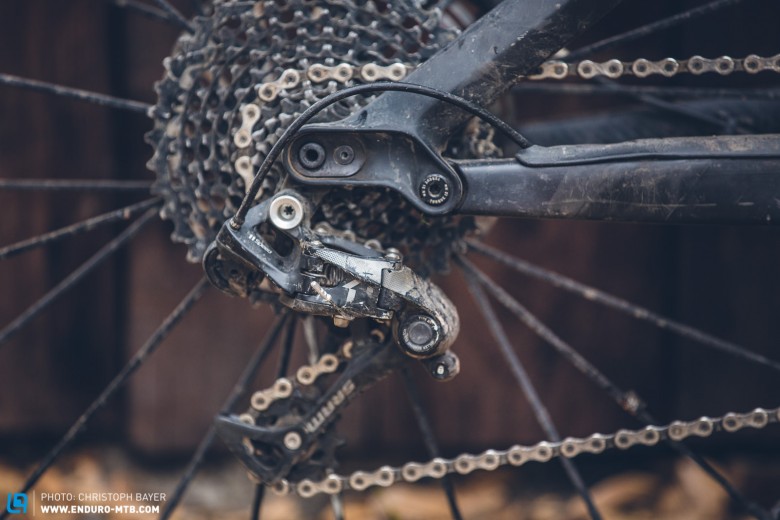
As our survey of more than 12,000 readers revealed, over 50% of riders can see their next bike kitted out with a 1×11 drivetrain. A mere 12% say that they’ll keep the classic 2×10 transmission. And the gulf is even more apparent amongst our long-term test fleet: over 95% of the bikes run a single chain ring. The advantages of the drivetrain are easy to list: the chain sits better, gearing is intuitive and it all weighs less.
A question of gear ratios
Ever since SRAM launched their very first 1×11 groupset, pretty much every rider has probably asked him or herself: now, is a 10-42 really enough?
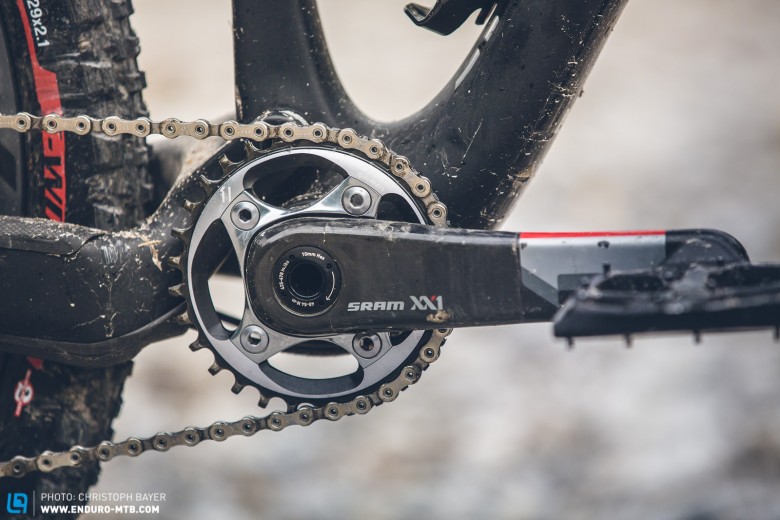
Our test team are unanimous: yes, it’s enough! Naturally, gear ratios are always going to be a question of personal taste, the power in your legs and the topography of where you’re riding. In our case, we’ve yet to encounter a lack of gears – never suffering on the steepest of climbs nor the fastest of descents. Most of our riders have opted for the 32-tooth chainring, although those based in the Alps have veered towards a 30-tooth model, which has seen them tackle climbs of over 1,000 metres without any cause for complaint. If you’re after an easier gear though, why not put on a 28-tooth ring?

The performance on the trail
Whether we’re talking about the GX, X1, X01, or XX1, all of the SRAM 1×11 drivetrains change gear rapidly and precisely – the only real difference comes in the feeling when shifting. The more expensive the groupset, the more precise and defined the shifting is. The main features, such as the X-HORIZON rear derailleur design, or the X-SYNC tooth design on the chainring, appear on all the models, and each one keeps the chain reliably in its place so that a chainguide becomes as good as unnecessary – unless, of course, you’re racing and want to be doubly sure if you crash. Overall, the chain only dropped on rare occasions.

If you’re hoping to improve how the gears shift, we discovered that it makes more sense to invest in better quality handlebar shifters rather than a more expensive derailleur. These have a significantly bigger influence on how the shifting feels, the higher priced models are easier to fine-tune to your tastes, and they’re less likely the break if you crash when compared to the exposed derailleur.
Adjusting the shifting
While setting up a 1×11 drivetrain works pretty much the same as any other shifting set, it does require a little bit more delicacy given the finer gradation. Moreover, when adjusting, make sure you’ve set the derailleur tension correctly. As a rule of thumb, the chain gap between the upper jockey wheel and the cog should be around 12-14 mm (in the SAG). If this isn’t the case, you could have issues when changing to the smallest 10-tooth sprocket, whereby the chain won’t go onto the ring. Take care to also regularly check the tension between the derailleur and the derailleur hanger, as a few of our testers found that the screw often loosened despite their efforts.
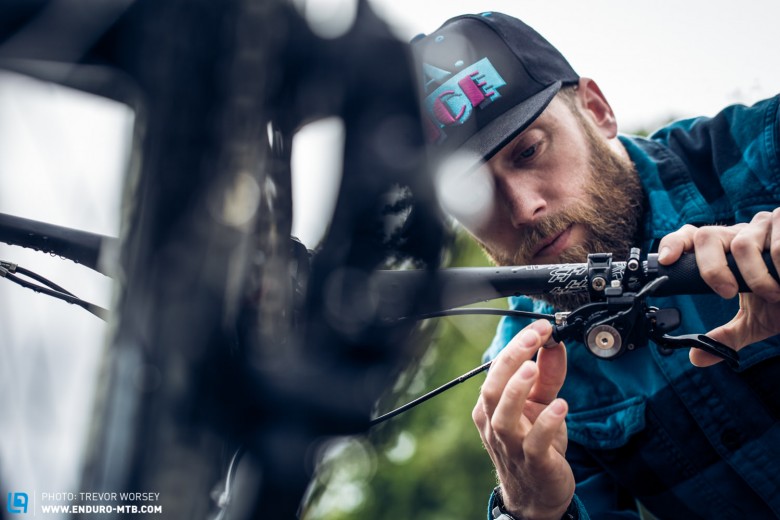
The wear and tear
Even after test kilometres high into triple figures, we don’t really have anything negative to report. Neither the cheapest model nor the top of the range groupset have seen any damage from wear and tear to the sprockets, chain, derailleur or cranks when compared to a 2×10 groupset. It is interesting to note, however, that the UK test team were forced to readjust more frequently – potentially due to the fact that they’re out riding more often in wet and muddy conditions, forcing them to swap shifting cables to ensure that the performance remains consistently high. 2×10 drivetrains, in this sense, do require less maintenance.
On average, depending on weather conditions and terrain, our test team tended to swap their chains after around 1,500 to 2,000 km. Moreover, we can report back that – particularly with the smaller chainring (28 tooth) at the front – it was often necessary to swap the ring at the same time due to how worn it had got. The 32-tooth chainrings only really needed to be changed with every second swap of the chain.
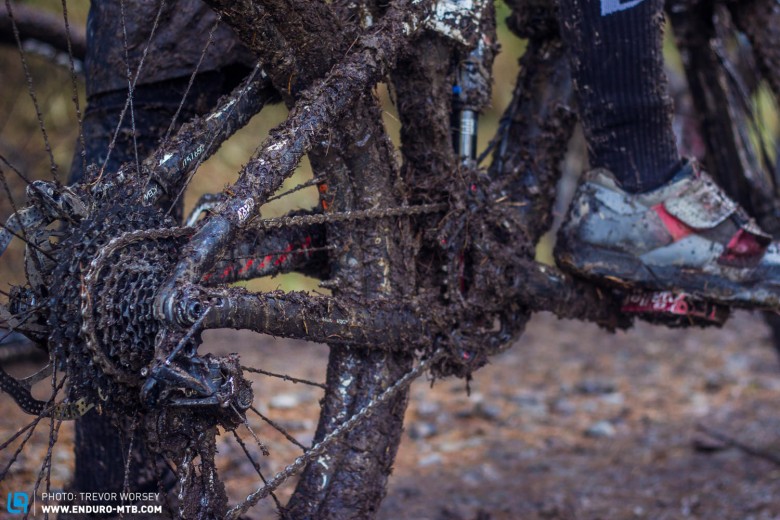
Tips and tricks
- To treasure an expensive cassette, it’s wise to use a cheaper chain as they’re softer and therefore will cause less wear to the teeth over time – although you will have to change it more often.
- To improve the sensation when shifting, the key is to invest in better quality shifters rather than a more expensive derailleur.
- The correct adjustment of the chain gaps is decisive for how the shifting is performed (12 mm is optimal).
- Cheap aluminium cranks are unfortunately not compatible with <30 tooth (use carbon for up to 26 tooth direct mount)
- 11-speed chain joints are one-time products.
- Regularly check the screws between the derailleur and the hanger – these frequently loosened on certain test bikes.

Conclusion
We love them! None of our test riders would be willing to sacrifice their 1×11 drivetrain. The speed of the shifting, the consistently secure chain and the much quieter nature has left all of us as putty in SRAM’s hands. In addition, the absence of a front derailleur results in a weight reduction too. When it comes to value for money, the affordable X1 groupset has elevated itself to the ideal compromise. But if you’re after sexier and more lightweight, spend more.
For more information head to: sram.com
Words: Christoph Bayer | Pictures: Christoph Bayer/Trevor Worsey
Did you enjoy this article? If so, we would be stoked if you decide to support us with a monthly contribution. By becoming a supporter of ENDURO, you will help secure a sustainable future for high-quality mountain bike journalism. Click here to learn more.




